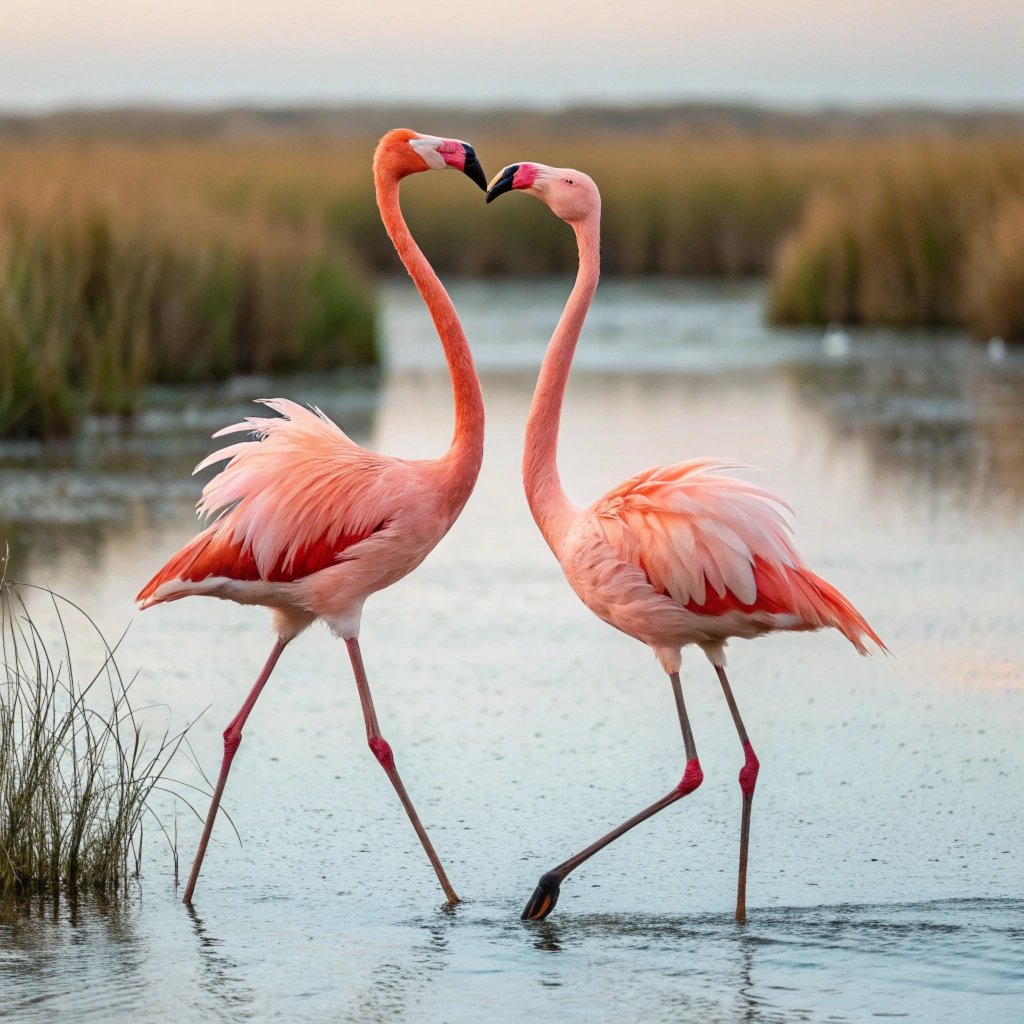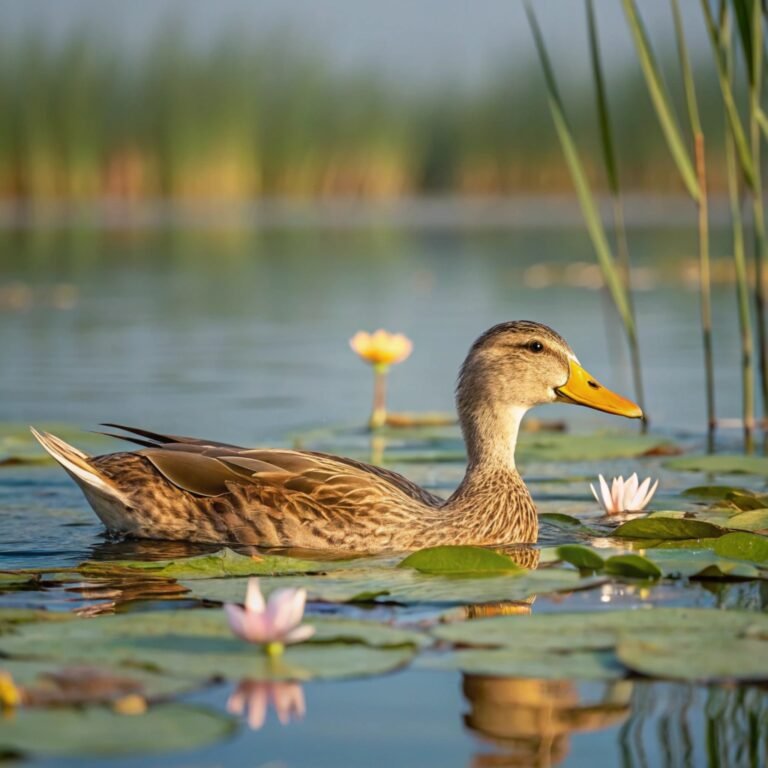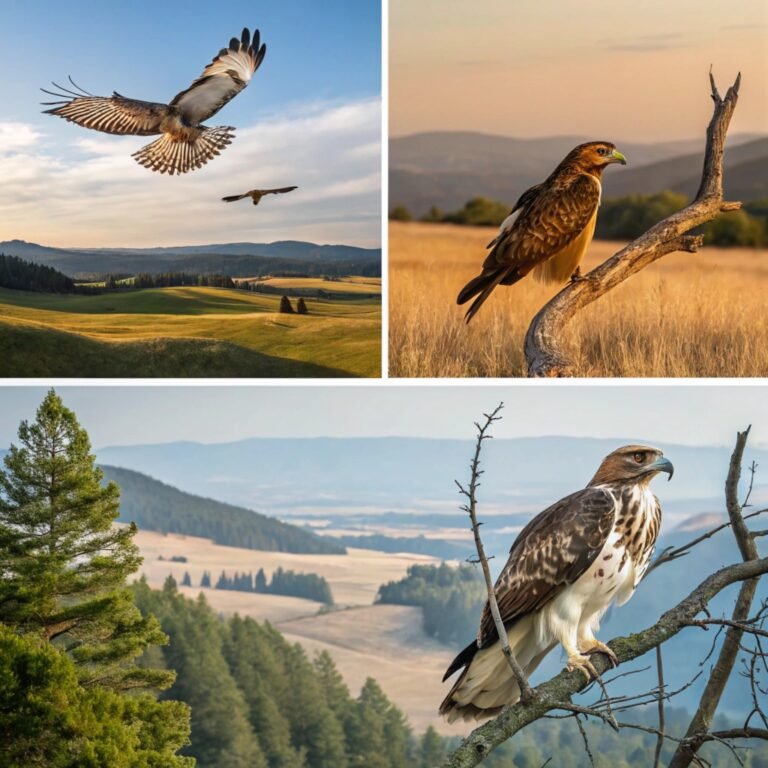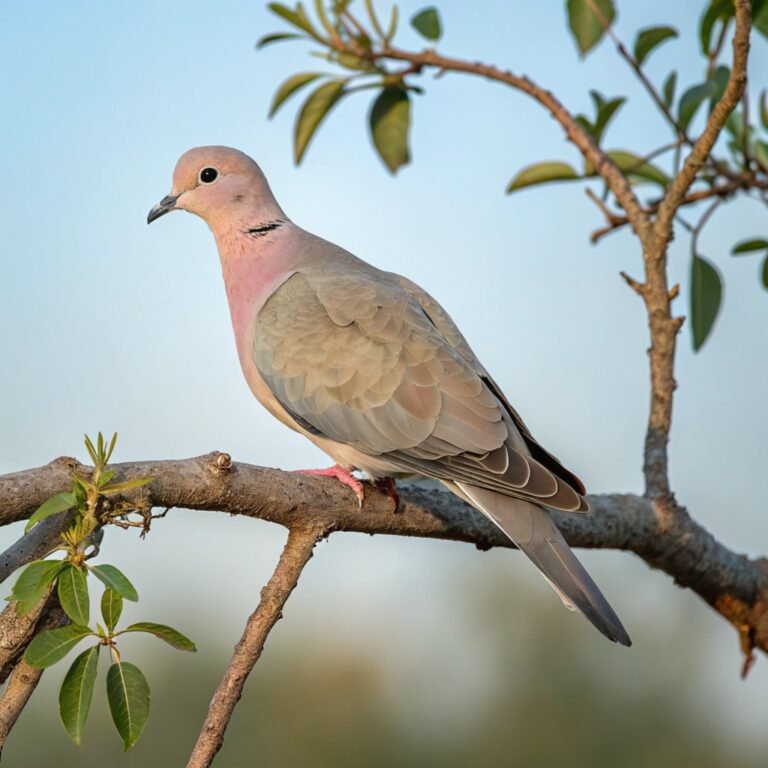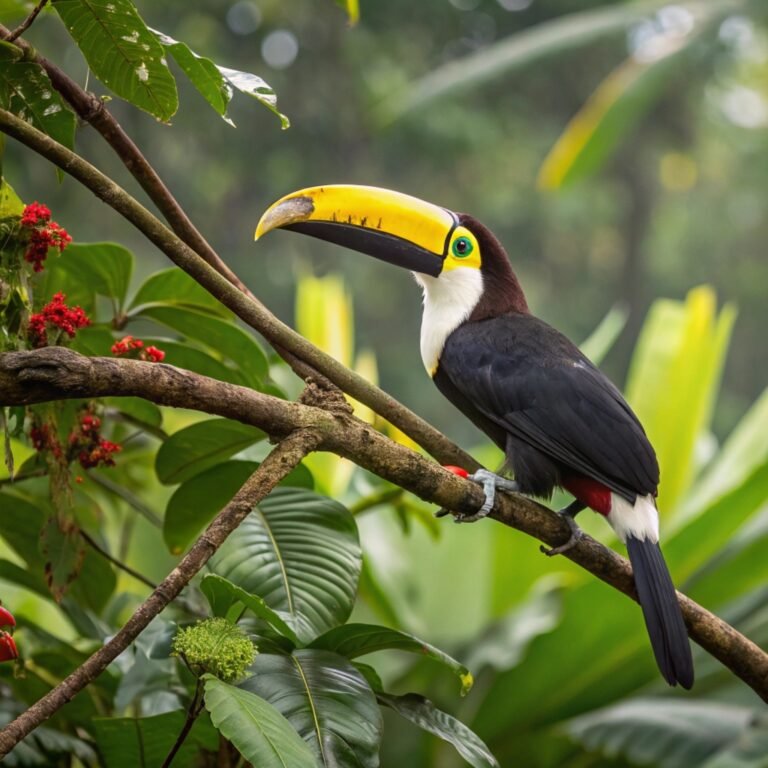Are Flamingos Capable of Flying? – The Surprising Truth About Flamingo Flight
Flamingos, with their distinctive pink plumage and long, slender legs, are among the most recognizable and beloved birds in the world.
Often seen wading gracefully through shallow waters or standing on one leg in their iconic pose, these magnificent creatures have captivated our imagination for centuries.
However, a common question that arises when discussing these unique birds is whether they can actually fly.
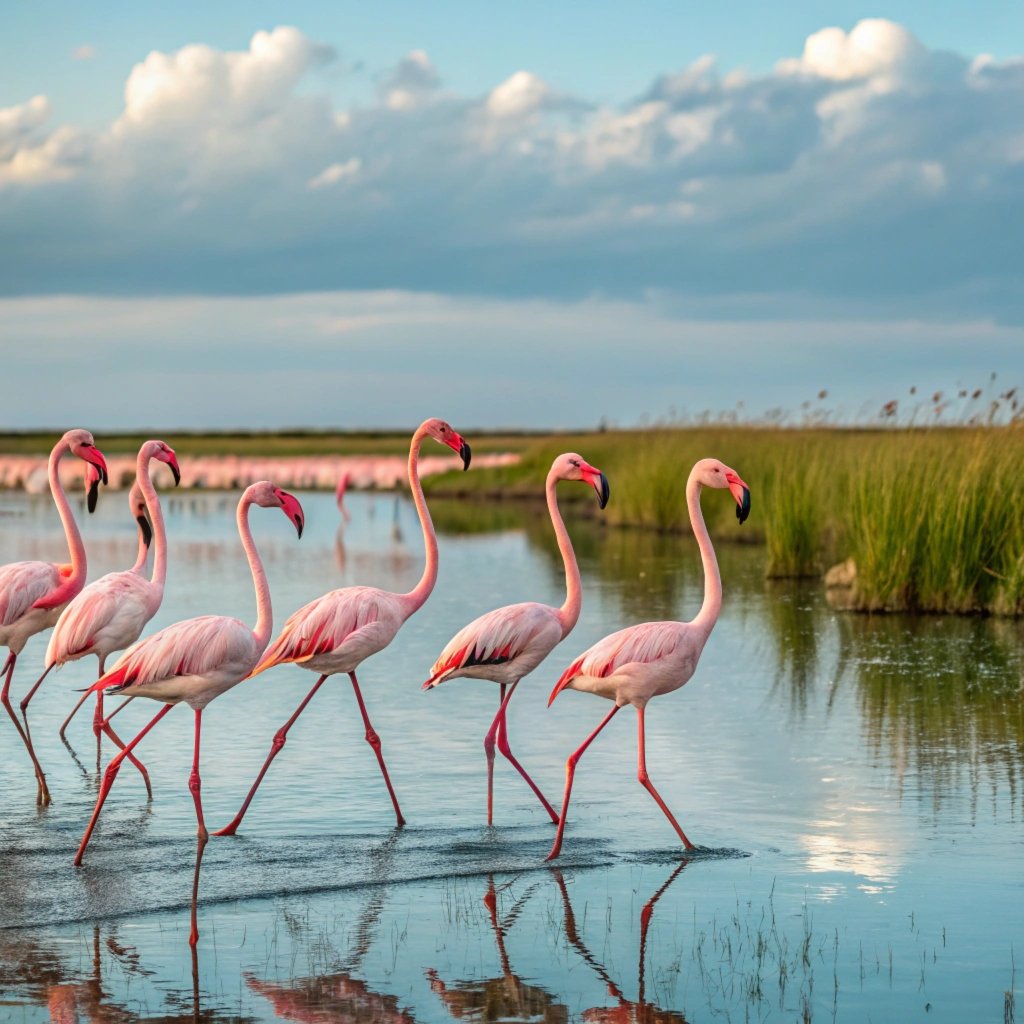
Key Takeaways:
- Flamingos are capable flyers: Despite common misconceptions, flamingos possess powerful wings and can fly efficiently.
- Impressive flight speeds: Flamingos can reach speeds of 35 to 40 miles per hour (56 to 64 kilometers per hour) during flight.
- High-altitude flyers: These birds can soar at altitudes between 10,000 to 15,000 feet (3,000 to 4,500 meters) above sea level.
- Long-distance travelers: Flamingos can cover up to 375 miles (600 kilometers) in a single night of flying.
- V-formation flight: When flying in groups, flamingos often adopt a V-shaped formation to conserve energy during long journeys.
- Nocturnal flight preference: Flamingos typically choose to fly at night when air conditions are cooler and calmer.
- Adaptations for flight: These birds have large wings, lightweight bones, and aerodynamic body postures that facilitate efficient flight.
- Species variations: While all flamingo species can fly, there are differences in their flight habits and abilities.
- Multiple purposes for flight: Flamingos use flight for transportation, predator evasion, and responding to environmental changes.
- Weather-dependent flyers: Flamingos are adept at reading atmospheric conditions and choose optimal times for their flights.
- Captivity considerations: In zoos, flamingos often have their wings clipped to prevent flight, raising concerns about natural behavior.
- Climate change impacts: Changing environmental conditions are affecting flamingo flight patterns and migration routes.
- Advanced tracking methods: Modern technology like GPS and satellite telemetry are providing new insights into flamingo flight behavior.
- Conservation challenges: Protecting flamingo habitats and flight routes is crucial for the future of these remarkable birds.
- Dispelling myths: Understanding flamingo flight capabilities helps to correct misconceptions and foster appreciation for these unique birds.
The Surprising Flight Capabilities of Flamingos: Debunking the Flightless Myth
Contrary to popular belief, flamingos are indeed capable of flight. Many people assume that these birds are flightless due to their long legs and seemingly awkward body shape, but this couldn’t be further from the truth.
Flamingos possess powerful wings and are adept flyers, capable of covering impressive distances when necessary.
Their flight abilities are often overlooked because they spend much of their time wading in shallow waters or standing in large groups on the ground.
However, when the need arises, flamingos can take to the skies with surprising grace and efficiency.
Their long necks and legs are perfectly adapted for flight, allowing them to maintain an aerodynamic profile while in the air.
This misconception about flamingo flight likely stems from the fact that they are rarely seen flying in captivity, where their wings are often clipped to prevent escape.
The Mechanics of Flamingo Flight: How These Pink Birds Take to the Skies
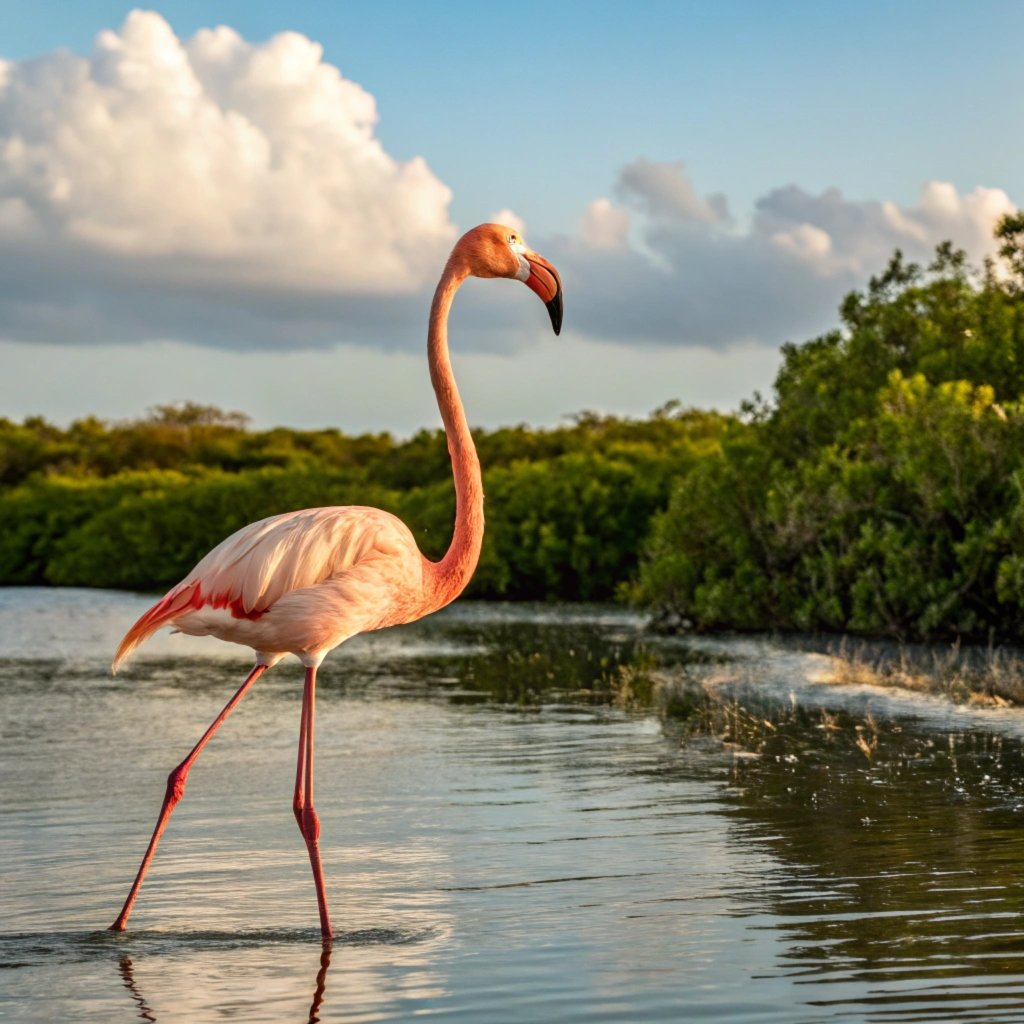
When flamingos prepare for takeoff, they employ a unique method to get airborne. Unlike smaller birds that can simply leap into the air, flamingos need to build up momentum before they can achieve liftoff.
They begin by running along the ground or water surface, flapping their wings vigorously to generate lift. This running start allows them to overcome their body weight and transition from terrestrial movement to aerial flight.
Once in the air, flamingos adopt a distinctive flying posture. They stretch their long necks forward and extend their legs behind them, creating a streamlined shape that minimizes air resistance.
Their large wings provide ample lift, allowing them to maintain altitude and navigate through the air with relative ease.
This efficient flying position enables flamingos to cover significant distances during their flights, whether for migration or simply moving between feeding grounds.
The Speed and Altitude of Flamingo Flight: Soaring High and Fast
Flamingos are surprisingly swift flyers, capable of reaching impressive speeds during their aerial journeys.
On average, these pink birds can fly at speeds of around 35 miles per hour (56 kilometers per hour) during short flights.
However, when undertaking longer journeys or benefiting from favorable wind conditions, flamingos can achieve even higher velocities, with some reports suggesting speeds of up to 40 miles per hour (64 kilometers per hour).
In terms of altitude, flamingos are known to fly at considerable heights. During their migrations or long-distance flights, these birds have been observed soaring at altitudes of 10,000 to 13,000 feet (3,000 to 4,000 meters) above sea level.
In some exceptional cases, flamingos have been recorded flying at even greater heights, reaching altitudes of up to 15,000 feet (4,500 meters) or more.
These high-altitude flights not only help flamingos conserve energy but also allow them to avoid potential predators and navigate more efficiently over long distances.
The Impressive Range of Flamingo Flight: Long-Distance Travelers

While flamingos may not be known for their migratory habits like some other bird species, they are still capable of covering significant distances when necessary.
These pink-feathered aviators can fly up to 375 miles (600 kilometers) in a single night when conditions are favorable.
This remarkable range allows flamingos to relocate to new feeding grounds or breeding sites when environmental conditions change or resources become scarce in their current habitat.
Flamingos often undertake these long-distance flights under the cover of darkness, preferring to travel at night when the air is cooler and calmer.
This nocturnal flight pattern not only helps them conserve energy but also reduces the risk of predation during their journey.
The ability to cover such vast distances in a relatively short time demonstrates the impressive endurance and flying capabilities of these seemingly delicate birds.
Flamingo Flight Formations: Strength in Numbers
When flamingos embark on long-distance flights, they often do so in large groups, forming impressive aerial formations.
The most common formation observed is the classic V-shape, similar to that used by geese and other migratory birds.
This formation serves several important purposes, enhancing the efficiency and safety of their flight.
By flying in a V-formation, flamingos can take advantage of the uplift created by the birds in front of them, reducing the energy required to maintain altitude and forward momentum.
The lead bird expends the most energy, cutting through the air resistance, while those following benefit from the reduced drag.
Flamingos take turns occupying the lead position, allowing each member of the flock to share the workload and conserve energy during long flights.
The Role of Weather in Flamingo Flight: Navigating the Skies
Weather conditions play a crucial role in determining when and how flamingos fly. These birds are adept at reading atmospheric conditions and choosing the most favorable times for their aerial journeys.
Flamingos prefer to fly on clear nights with calm winds, as these conditions provide optimal visibility and reduce the energy required to maintain flight.
When faced with adverse weather, such as strong headwinds or storms, flamingos may delay their flights or adjust their route to avoid challenging conditions.
Their ability to fly at high altitudes also allows them to take advantage of more favorable wind patterns in the upper atmosphere, potentially increasing their speed and range during long-distance flights.
Flamingo Flight Adaptations: Built for Aerial Success
Flamingos possess several physical adaptations that make them well-suited for flight. Their large, powerful wings provide the necessary lift and propulsion to keep their bodies airborne, despite their seemingly awkward shape.
The wingspan of a flamingo can range from 3.3 to 5 feet (1 to 1.5 meters), depending on the species, providing ample surface area for generating lift.
The lightweight, hollow bones common to all flying birds are also present in flamingos, reducing their overall body weight and making flight more energy-efficient.
Additionally, their long necks and legs, which might appear cumbersome on the ground, actually help to distribute their weight evenly during flight and maintain balance in the air.
Flamingo Flight in Different Species: Variations in Aerial Abilities
While all flamingo species are capable of flight, there are some variations in their aerial abilities and habits.
The Greater Flamingo, the largest of the flamingo species, is known for its impressive flying capabilities and is more likely to undertake long-distance migrations.
In contrast, the Lesser Flamingo, despite its smaller size, tends to be more sedentary and may rely less on flight for its daily activities.
The American Flamingo, also known as the Caribbean Flamingo, is known for its ability to fly long distances between breeding and feeding grounds.
The Andean Flamingo, which lives at high altitudes in the Andes Mountains, has adapted to flying in thin air and can navigate through challenging mountain terrain with remarkable skill.
The Purpose of Flamingo Flight: Beyond Simple Transportation
While the primary purpose of flight for flamingos is transportation between feeding and breeding grounds, it serves other important functions as well.
Flight allows flamingos to escape potential predators quickly, providing a crucial survival advantage in their often-exposed habitats.
It also enables them to respond rapidly to changes in their environment, such as drought or food scarcity, by relocating to more favorable areas.
Additionally, the ability to fly long distances has played a significant role in the dispersal and distribution of flamingo populations across different regions.
This mobility has contributed to the genetic diversity of flamingo species and their ability to colonize new habitats when opportunities arise.
Flamingo Flight in Captivity: Clipped Wings and Conservation Concerns
In zoos and wildlife parks, flamingos are often prevented from flying to keep them within their enclosures.
This is typically achieved through wing clipping, a process where some of the primary flight feathers are trimmed to inhibit the bird’s ability to gain lift.
While this practice is generally considered humane when done correctly, as the feathers will regrow during the next molt, it does raise questions about the impact on the birds’ natural behaviors and overall well-being.
Some facilities have moved away from wing clipping in favor of creating larger, more naturalistic habitats that allow flamingos to engage in short flights within their enclosures.
This approach aims to balance the need for containment with the birds’ natural instincts and behaviors, providing a more enriching environment for captive flamingos.
Observing Flamingo Flight in the Wild: A Rare and Spectacular Sight
Witnessing flamingos in flight in their natural habitat can be a truly awe-inspiring experience.
The sight of a large flock of flamingos taking to the skies, their pink plumage contrasting against the blue sky or the golden hues of sunset, is a spectacle that leaves a lasting impression on observers.
However, due to the flamingos’ preference for remote, often inaccessible habitats and their tendency to fly at high altitudes or during the night, such sightings are relatively rare for most people.
For those lucky enough to witness this natural wonder, it offers a unique perspective on these remarkable birds and a deeper appreciation for their aerial abilities.
Birdwatchers and wildlife enthusiasts often seek out locations known for flamingo populations during migration seasons or at specific times of the year when the birds are more likely to engage in flight activities.
The Impact of Climate Change on Flamingo Flight Patterns
As with many other bird species, climate change is beginning to impact the flight patterns and behaviors of flamingos.
Rising temperatures and changing precipitation patterns are altering the availability of suitable habitats and food sources, potentially forcing flamingos to fly longer distances or more frequently in search of favorable conditions.
In some regions, flamingos may need to adjust their migration timing or routes to adapt to these environmental changes.
This could lead to shifts in their traditional breeding and feeding grounds, potentially affecting their population dynamics and interactions with other species in their ecosystems.
Studying Flamingo Flight: Technological Advancements in Tracking
Modern technology has revolutionized our ability to study and understand flamingo flight patterns.
GPS tracking devices and satellite telemetry have allowed researchers to monitor the movements of individual flamingos over long periods, providing unprecedented insights into their migration routes, flight speeds, and altitudes.
These tracking studies have revealed surprising information about flamingo flight behavior, including the discovery of previously unknown stopover sites and the identification of important flyways used by different flamingo populations.
This data is crucial for conservation efforts, helping to identify key habitats that need protection and informing management strategies for flamingo populations around the world.
The Future of Flamingo Flight: Conservation Challenges and Opportunities
As we look to the future, ensuring the continued ability of flamingos to fly freely in their natural habitats faces several challenges.
Habitat loss, pollution, and human disturbance all pose significant threats to flamingo populations and their flight patterns.
Conservation efforts must focus on protecting critical flamingo habitats, including both breeding grounds and important stopover sites along their flight routes.
At the same time, increased awareness of flamingo flight capabilities can help to dispel misconceptions about these birds and foster greater appreciation for their remarkable abilities.
By understanding and protecting the complex ecosystem that supports flamingo flight, we can help ensure that future generations will continue to witness the spectacular sight of these pink birds soaring through the skies.
Frequently Asked Questions
How fast can flamingos fly?
Flamingos can fly at an average speed of 35 miles per hour (56 kilometers per hour) during short flights, with the potential to reach speeds of up to 40 miles per hour (64 kilometers per hour) under favorable conditions.
How high can flamingos fly?
Flamingos typically fly at altitudes between 10,000 to 13,000 feet (3,000 to 4,000 meters) above sea level, with some observations of flamingos flying as high as 15,000 feet (4,500 meters) or more.
How far can flamingos fly in one night?
Flamingos are capable of flying up to 375 miles (600 kilometers) in a single night when conditions are favorable.
Do all flamingo species fly?
Yes, all six species of flamingos are capable of flight, although there may be variations in their flying habits and abilities depending on their specific habitat and environmental conditions.
Why do flamingos fly in a V-formation?
Flamingos fly in a V-formation to conserve energy during long flights. This formation allows birds following the lead flamingo to benefit from reduced air resistance, making their flight more efficient.

Hello, I’m Emily Price, the founder of Birds Affection. As a passionate bird enthusiast and spiritual seeker, I’ve always been fascinated by the symbolic meanings and mystical connections between birds and our lives. On this website, I share my knowledge and insights on the spiritual significance of various bird species, exploring their roles as messengers, guides, and teachers. Through my writing, I aim to inspire and educate others on the profound wisdom and beauty that birds bring to our world. Join me on this journey as we delve into the enchanting realm of bird symbolism and discover the hidden meanings behind these magnificent creatures.

